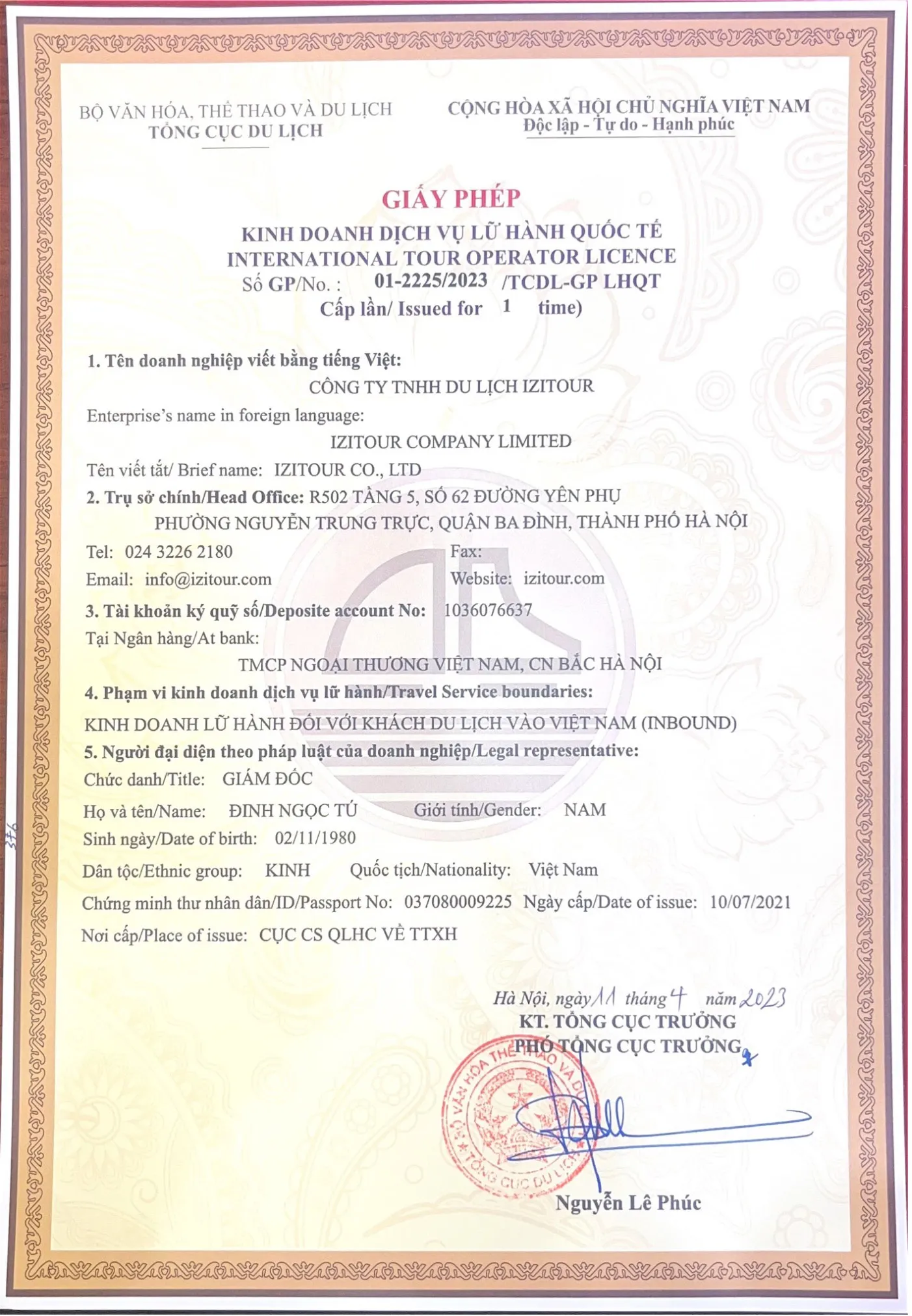Even though it's been over 50 years since the French colonial period ended in Vietnam (1884 - 1954), the influence of that time is still presented through the artistic and decorative style of many of Hanoi’s buildings. This article will recommend the top 15 stunning buildings of French architecture in Hanoi that you shouldn't miss.
- 1. Hanoi Opera House
- 2. Vietnam National Museum of History
- 3. Sofitel Legend Metropole Hanoi
- 4. Government Guest House
- 5. State Bank of Vietnam
- 6. St. Joseph's Cathedral, Hanoi
- 7. Presidential Palace
- 8. Vietnam Military History Museum
- 9. Hoa Lo Prison
- 10. Dong Xuan Market
- 11. Long Bien Bridge
- 12. Hang Dau Water Tank
- 13. Ministry of Foreign Affairs
- 14. Cua Bac Church
- 15. University of Science, Vietnam National University, Hanoi
1. Hanoi Opera House
- Address: 1 Trang Tien Street, Hoan Kiem District, Hanoi
The building was built between 1901 and 1911 by the French government based on the design of two French architects V. Harley and Broyer. They took inspiration from the Paris Opera style. The Opera House is a remarkable example of French neoclassical architecture combined with Gothic art. It also showcases elements of European Renaissance architecture, like marble floors from Italy, ceiling murals from France, and bronze chandeliers.
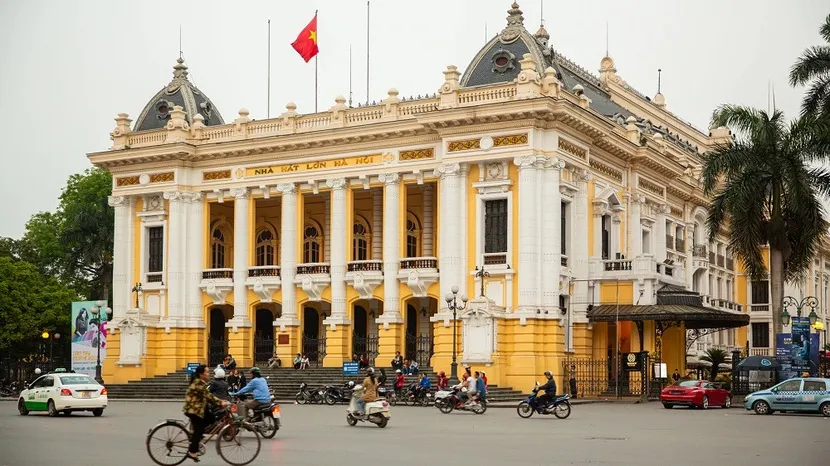
Hanoi Opera House - a prominent French architecture site in Hanoi
2. Vietnam National Museum of History
- Address 1: 1 Trang Tien Street, Hoan Kiem, Hanoi
- Address 2: 216 Tran Quang Khai, Trang Tien, Hoan Kiem, Hanoi
Located behind the Hanoi Opera House, the Vietnam National Museum of History is a beautiful French colonial building. It was built starting in 1926 and officially opened in 1932. The museum was then taken over by the Vietnamese government in 1958 and opened to the public on September 3 of the same year.
The museum displays the history of Vietnam, spanning from its earliest days around 300,000 to 400,000 years ago, up until the August Revolution of 1945. It houses a collection of around 200,000 artifacts and documents related to the cultural history of Vietnam, including nearly 110,000 antiquities and 19 national treasures.
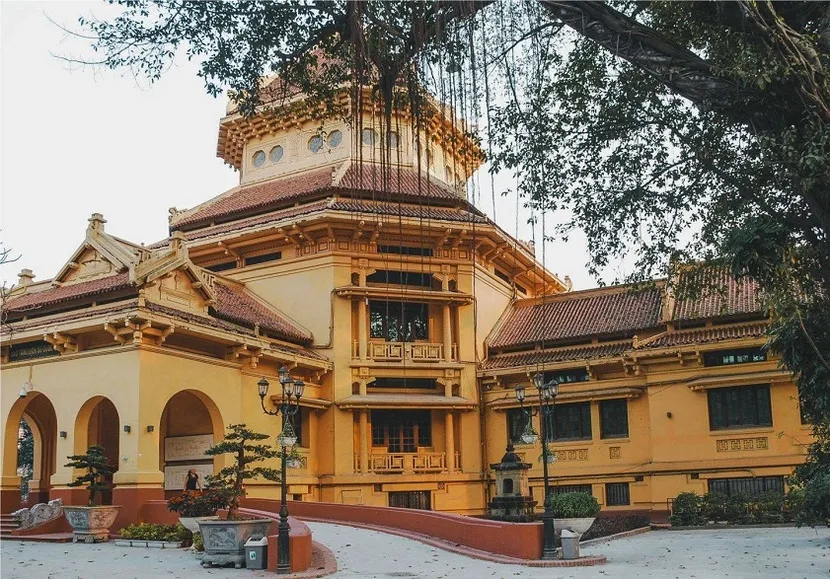
Vietnam National Museum of History in French style
3. Sofitel Legend Metropole Hanoi
- Address: 15 Ngo Quyen, Hoan Kiem, Hanoi
The Metropole Hanoi Hotel was built in 1901 by two French investors, André Ducamp and Gustave-Émile Dumoutier. This neoclassical structure is the first and oldest 5-star hotel in Hanoi. After restoration in 1990, the Hotel Metropole looks like a reenactment of the colonial period with a classic Citroën parked in the front, a dark wood-paneled lobby, and luxurious furniture.
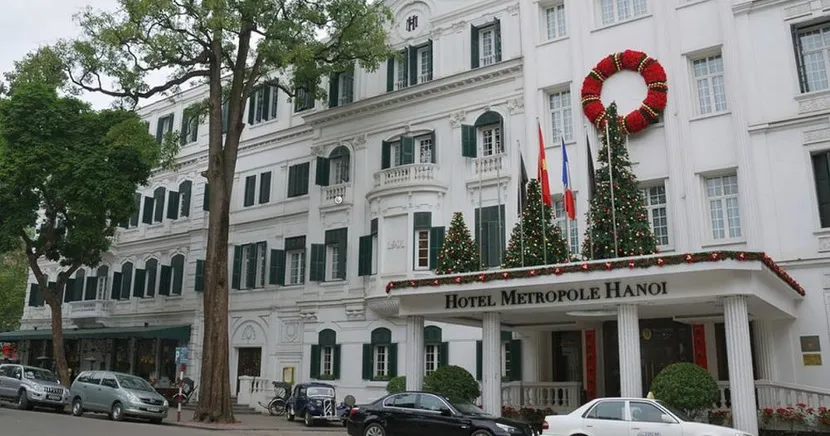
Sofitel Legend Metropole Hanoi
4. Government Guest House
- Address: 12 Ngo Quyen - 2 Le Thach, Hoan Kiem, Hanoi
Not far from the Sofitel Metropole hotel, there is a big yellow building with the Vietnamese flag on the front roof. It's called the Government Guest House and it was built in 1918 on the site where the old Bao An pagoda used to be. The building has an elegant French architectural style. This place used to be where the French governor of Tonkin lived, but after the August Revolution of 1945, it became the government headquarters of the Democratic Republic of Vietnam.
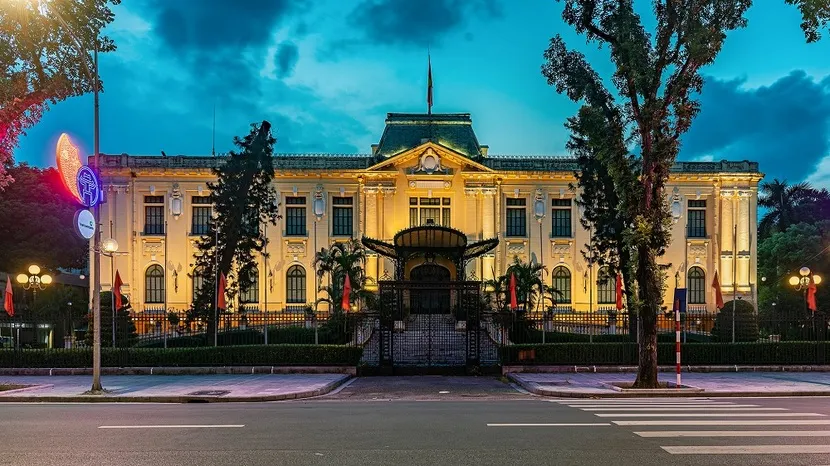
Government Guest House (Source of photo: Internet)
5. State Bank of Vietnam
- Address: 49 Ly Thai To, Trang Tien, Hoan Kiem, Hanoi
The headquarters of the State Bank of Vietnam, formerly the Indochina Bank of France in Hanoi, was built in 1928 in the neoclassical style. In the early 1930s, the building was redesigned in the art deco style you see today.
With a prime location, an open façade, and bright interiors, the State Bank of Vietnam is now considered the most perfect Art Deco style building in Hanoi.
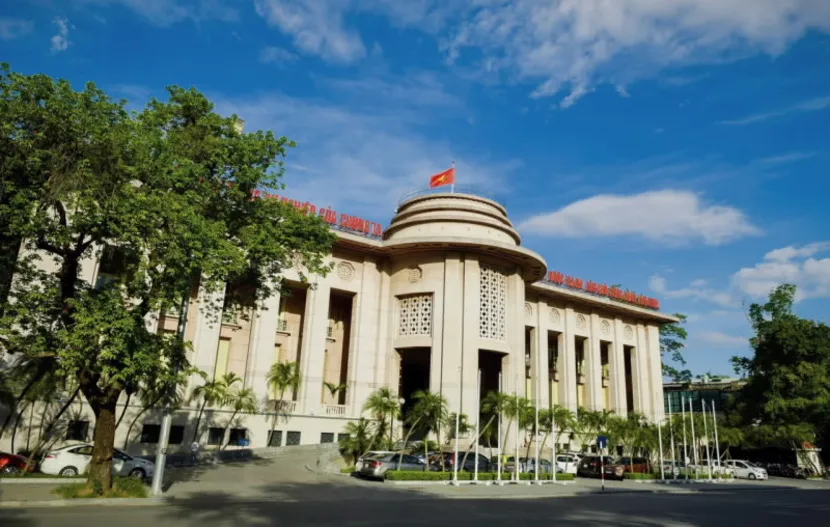
State Bank of Vietnam
6. St. Joseph's Cathedral, Hanoi
- Address: 40 Nha Chung Street, Hang Trong, Hoan Kiem, Hanoi
St. Joseph's Cathedral is the oldest cathedral in Hanoi. Construction began in 1884 on the grounds of the Bao Thien Pagoda and was completed in 1888. This is one of the earliest architectural works built by the French colonial government.
As a typical work of Gothic architecture in Vietnam, the interior of the cathedral is designed with high stained glass windows and tall domes, surrounded by paintings of Jesus Christ.
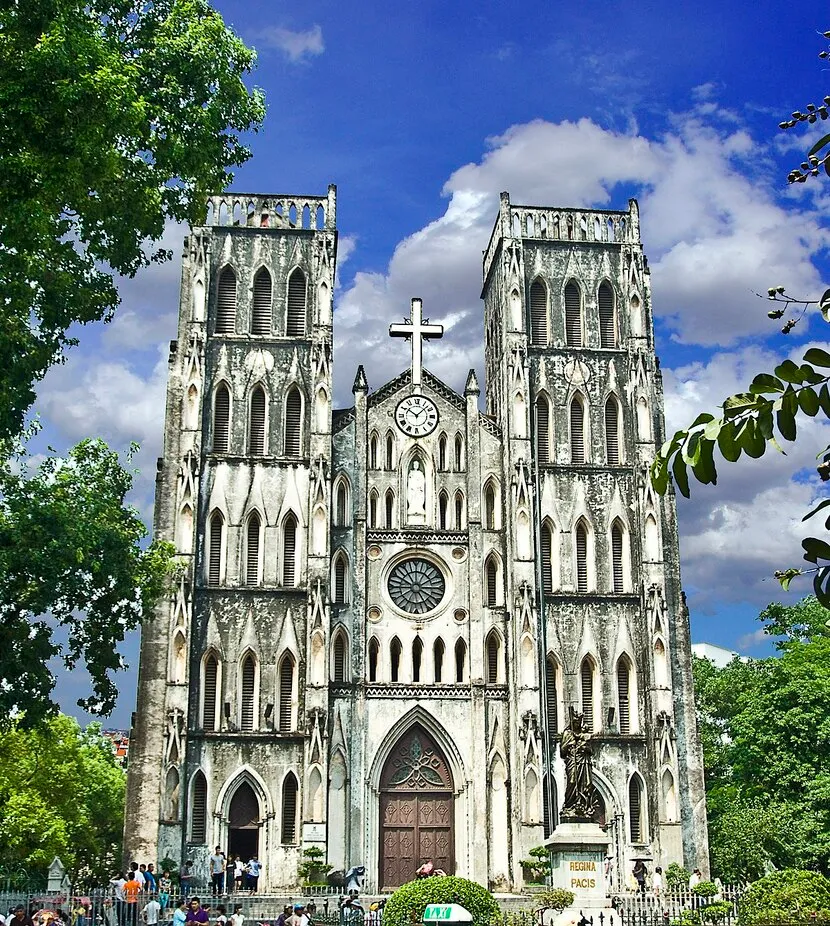
St. Joseph's Cathedral, Hanoi
7. Presidential Palace
- Address: 2 Hung Vuong, Ngoc Ho, Ba Dinh, Hanoi
The Presidential Palace with its neoclassical architecture is located just north of Ho Chi Minh Mausoleum and was built in 6 years from 1900 to 1906. It was once the living and working place of the Indochina governor.
In 1945, the building was renamed the Presidential Palace and was mainly used for national ceremonies or for entertaining diplomats and foreign leaders.

Presidential Palace
8. Vietnam Military History Museum
- Address: 28A Dien Bien Phu, Hanoi
Built on July 17, 1956, the Vietnam Military History Museum, also known as the Military Museum, is a fine example of French colonial architecture.
This two-story museum includes both outdoor and indoor exhibits and contains thousands of artefacts, photos, maps, and scale models of war in the past. Visitors will gain a general understanding of the birth, growth and achievements of the Vietnamese people's armed forces for peace, independence and freedom.
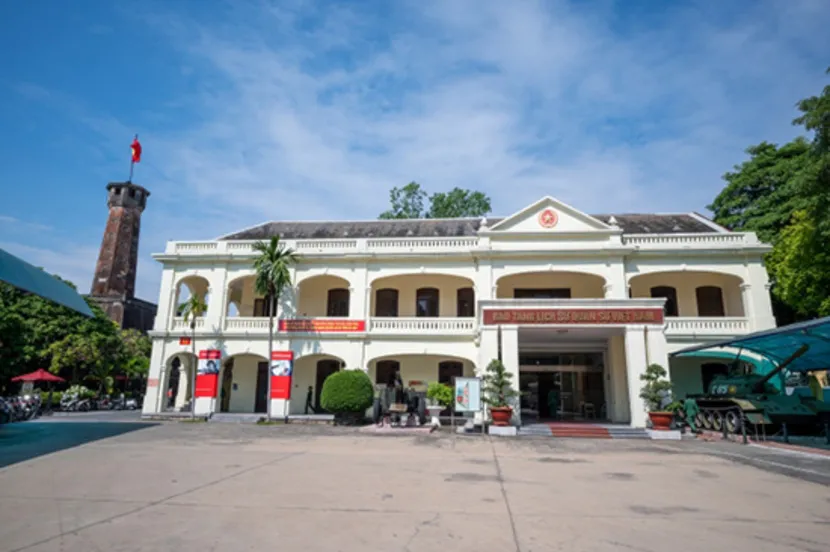
Vietnam Military History Museum
9. Hoa Lo Prison
- Address: 1 Hoa Lo, Tran Hung Dao, Hoan Kiem, Hanoi
Hoa Lo Prison was built from 1886 to 1901. This prison was used by the French colonialists in Indochina for political prisoners and later by North Vietnam for American prisoners of war during the War in Vietnam. Located in Hanoi's French Quarter, it was once known to the French colonialists as Maison Centrale, meaning Central Prison, and during the war against the Americans. It had another name, the Hanoi Hilton (ironically called that by the American prisoners).
During the French colonial period, the Hoa Lo Prison building had stone walls of 4m high, 0.5m thick and reinforced with electric steel wires. Watchtowers were set up at the four corners of the prison so that guards would carefully monitor and observe every little thing.
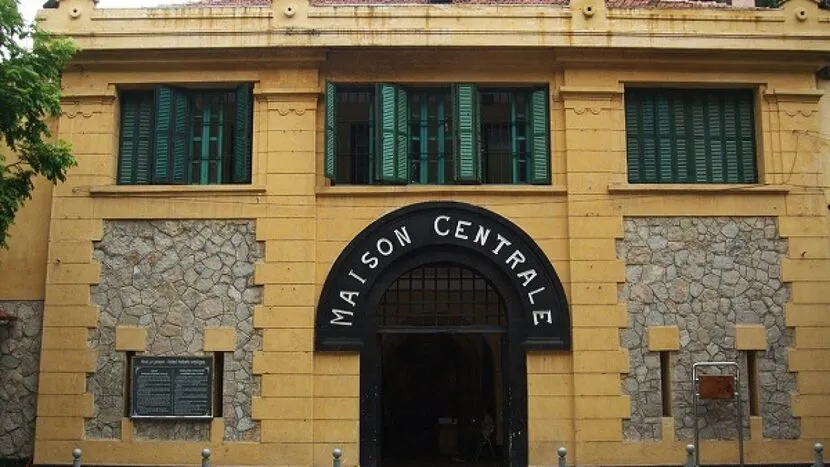
Hoa Lo Museum
10. Dong Xuan Market
- Address: 15 Cau Dong, Dong Xuan, Hoan Kiem, Hanoi
As one of the oldest and largest markets in Hanoi's Old City, Dong Xuan Market is the symbol, tradition and pride of the capital city of Hanoi.
Dong Xuan market was built in 1889 in the French style. Visiting the market, you can buy almost anything from souvenirs, clothes, and household items to food at cheap prices if you know how to bargain.
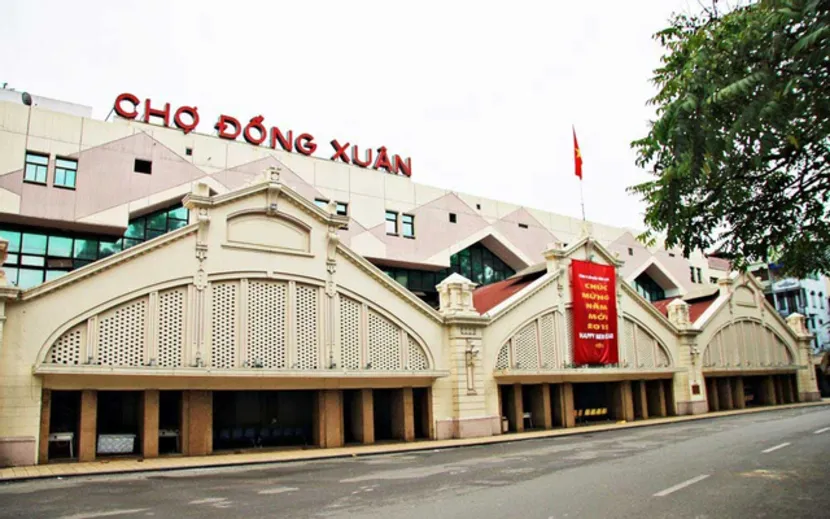
Dong Xuan market
11. Long Bien Bridge
- Address: Ngoc Thuy, Long Bien, Hanoi
The Long Bien Bridge was officially built from 1899 to 1902 under Indochina Governor-General Doumer. Although the bridge is clearly a French colonial structure in Hanoi with the participation of about 40 French engineers and experts, it should be an achievement of the Vietnamese people because it was completed by the hands of more than 3,000 Vietnamese workers and used local materials.
Initially, it was named after Paul Doumer, Governor-General of French Indochina and later president of France. After the liberation of the capital in 1954, the bridge was renamed Long Bien Bridge. This bridge's name comes from the fact that it is located not far from the Imperial Citadel of Thang Long (Hanoi's previous name). From a distance, it looks like a dragon flying over the Red River.
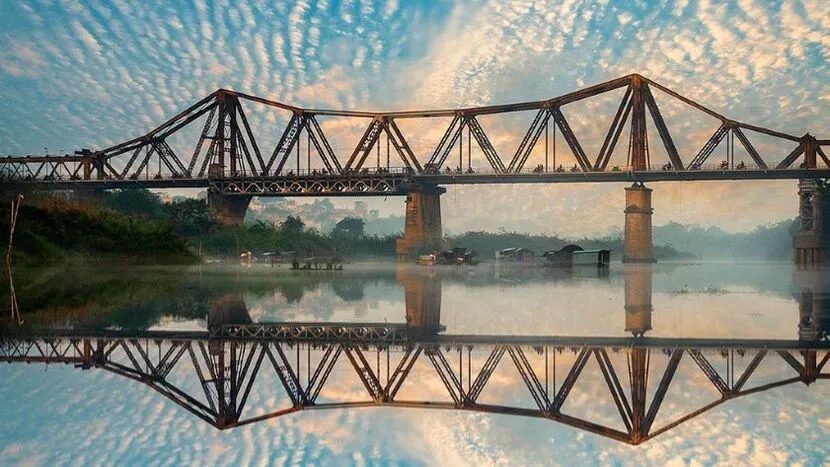
Long Bien Bridge
12. Hang Dau Water Tank
- Address: Quan Thanh, Hoan Kiem, Hanoi
Hang Dau Water Tank was built in 1894, before the Long Bien Bridge. It functioned as a water supplier to local people as well as westerners soldiers in the Hanoi Old Quarter. From the outside, the tower looks like an ancient fortress with a three-tiered cylinder 19 metres in diameter and 25 metres high.
Since 1954, the water tank has been abandoned and kept its original shape until early April 2010, when it was renovated. Today, this place has become a special scenic spot, and its presence is a testimony to a historical period in the capital city of Hanoi.
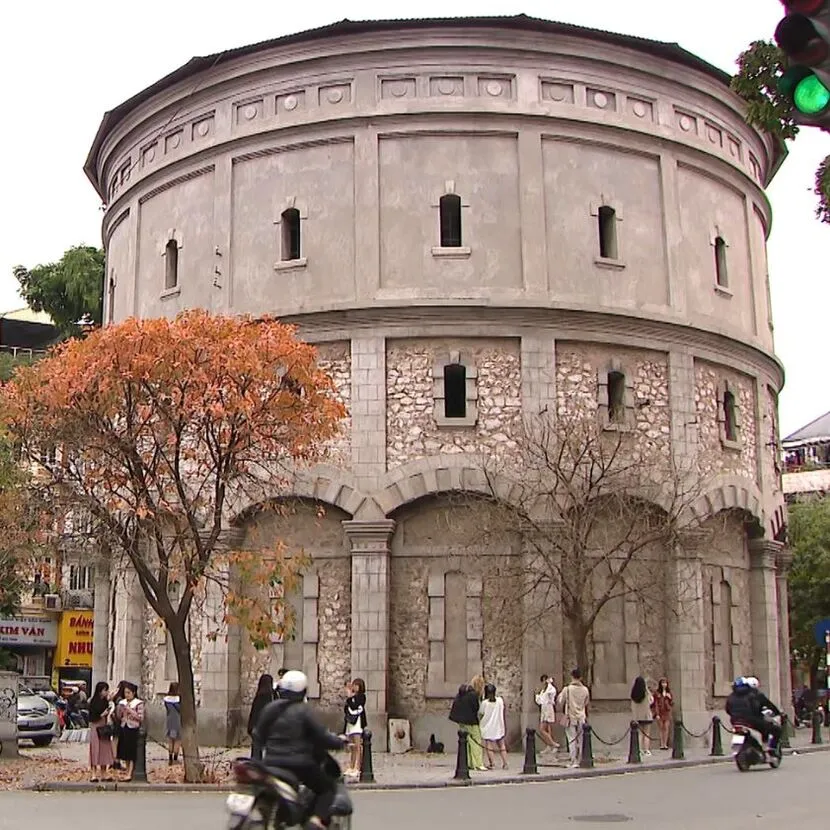
Hang Dau Water Tank
13. Ministry of Foreign Affairs
- Address: 1 Ton That Dam, Ba Dinh, Hanoi
Designed by French architect Ernest Hebrard, the Ministry of Foreign Affairs building has a distinctive Indochine style that blends Eastern traditions and Western modernity.
The building was the headquarters of Indochina's Ministry of Finance, and became the headquarters of Vietnam's Ministry of Foreign Affairs on October 3, 1945, and was recognized as a national monument in August 2016. Nearly 100 years old, it is one of the rare examples of French colonial architecture in Hanoi.
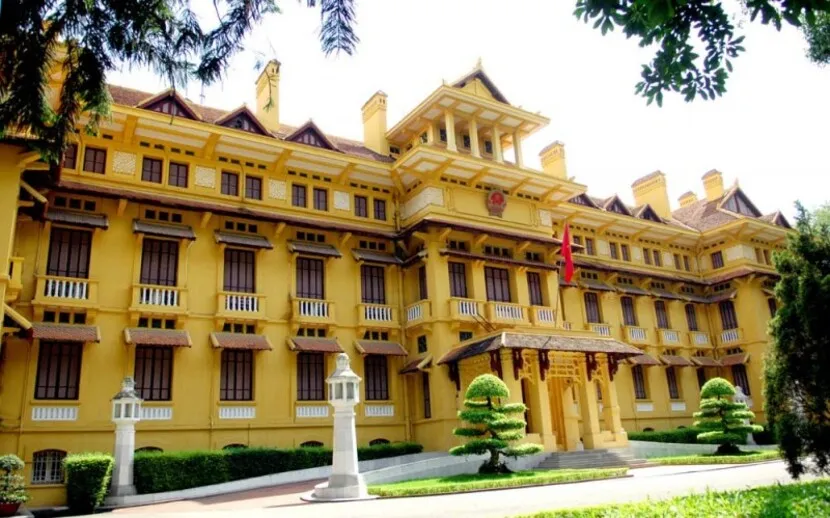
Ministry of Foreign Affairs
14. Cua Bac Church
- Address: 56 Phan Dinh Phung, Hanoi
Another project by French architect Ernest Hébrard is the Cua Bac Church, a Roman Catholic church belonging to the Archdiocese of Hanoi.
Built between 1925 and 1931, Cua Bac Church boasts many unique decorative features in rectangular shapes, a combination of Asian - European architectural style-dignified and ancient. With asymmetrical architecture, completely different from the usual design of other large churches in this period, Cua Bac Church has become one of the oldest and most beautiful churches in Vietnam.
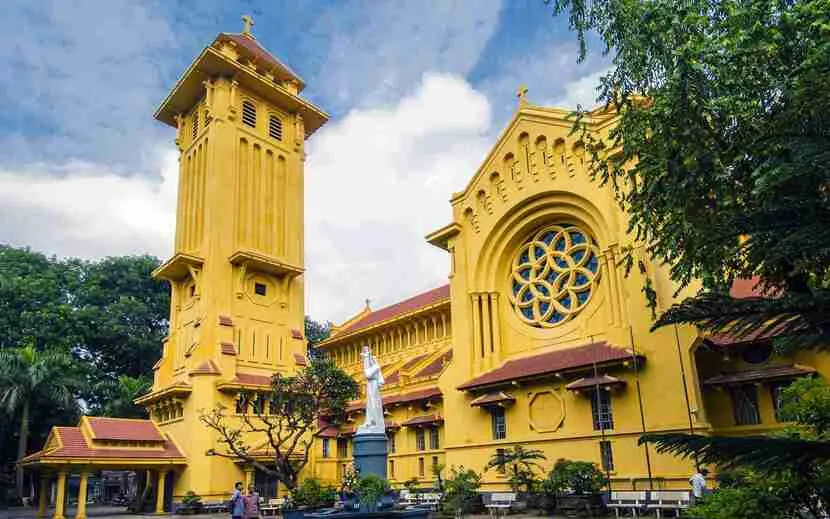
Cua Bac Church
15. University of Science, Vietnam National University, Hanoi
- Address: 19 Le Thanh Tong, Phan Chu Trinh, Hoan Kiem, Hanoi
Also designed by French architect Ernest Hébrard, the University of Science, Vietnam National University, was built between 1923 and 1926 in the Indochine architectural style and with Asian-European interference.
From its first name, Indochina University, the university has changed its name several times throughout its history, as Vietnam National University in 1945, Hanoi University in 1956. In 1993, the university's name was officially changed to the Vietnam National University with the merger of 3 other smaller universities.

University of Science, Vietnam National University, Hanoi
Along with the city's rich history, it is no exaggeration to say that ancient French colonial architecture has contributed significantly to the unique and fascinating Hanoi today with its elegance, nobility, and classical modernity.
See more:
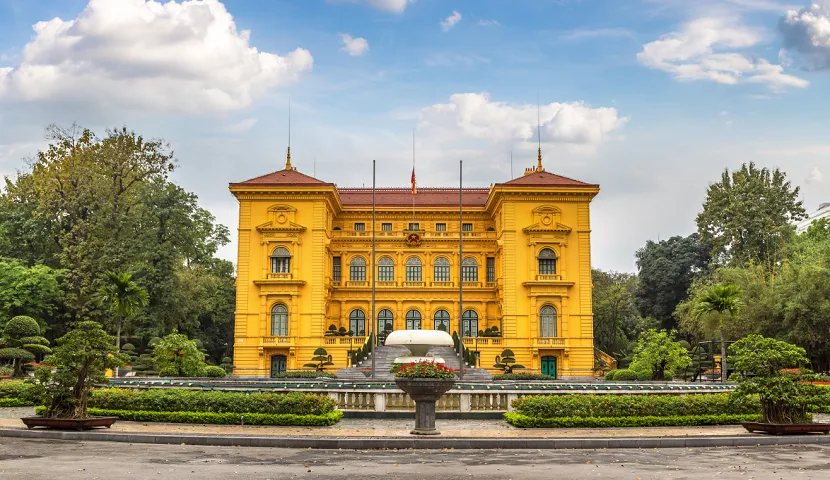






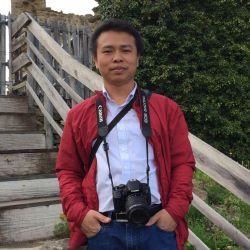

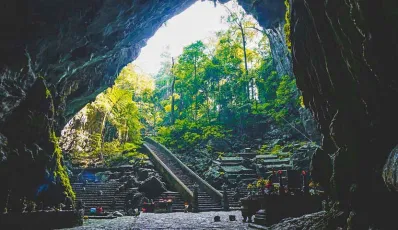
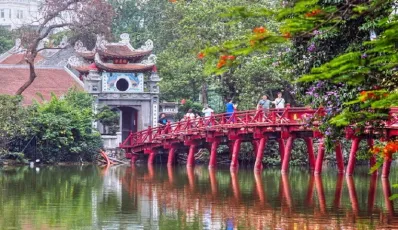
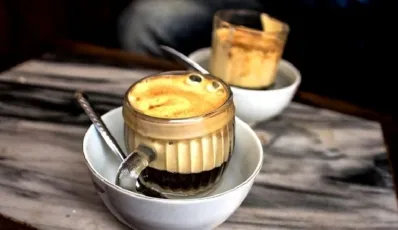
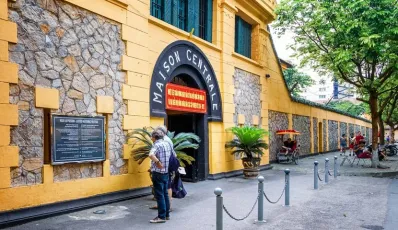
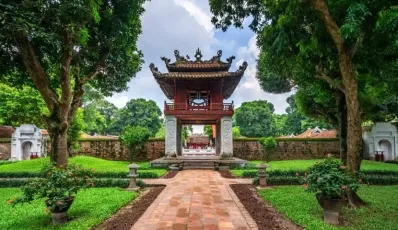
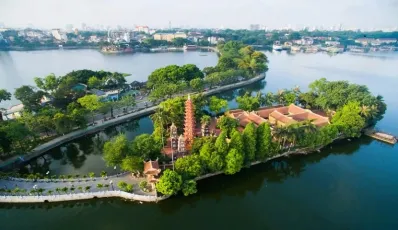
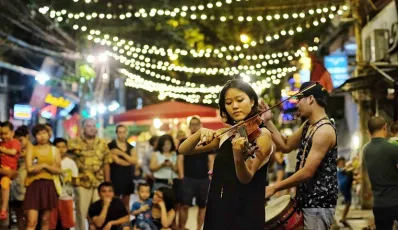
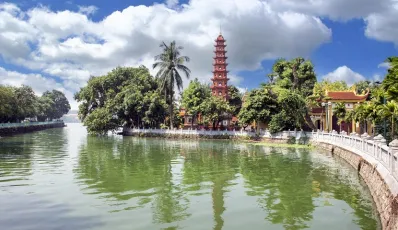

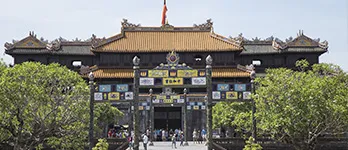
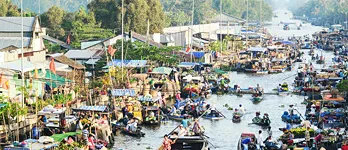

 TRAVELERS' CHOICE 2025
TRAVELERS' CHOICE 2025 